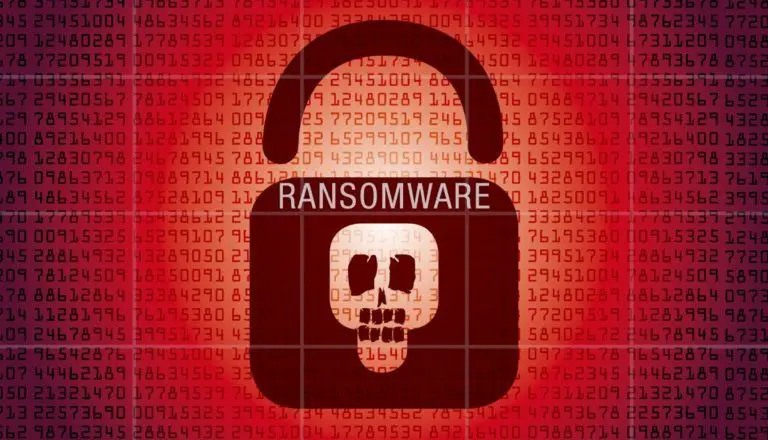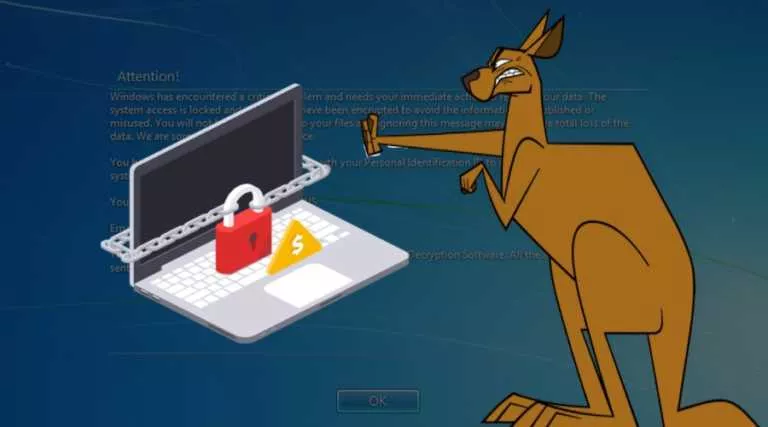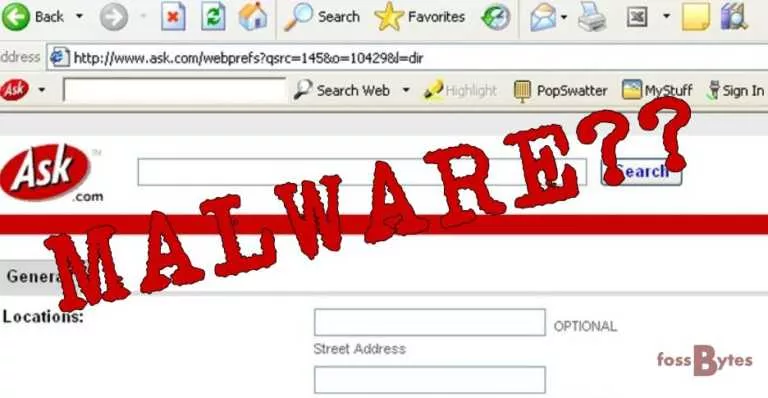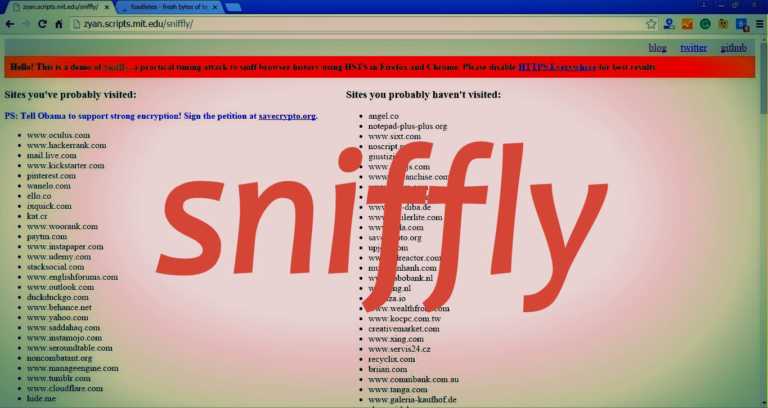Why Solana Is One of the Fastest Blockchains in the World

When people talk about blockchain speed, they usually mean one of two things: how quickly transactions are confirmed and how many the network can process at once. Solana excels at both. It’s built from the ground up to move fast, and that performance has made it a favorite among developers building apps that need real-time responsiveness.
As more projects deploy on the network, some investors keep an eye on the Solana price to gauge momentum. But beneath the market action is a set of technical choices that explain why Solana moves quicker than most of its competitors.
What Makes a Blockchain “Fast”?
To understand Solana’s speed, it helps to know where other blockchains fall short. Traditional chains like Bitcoin process just a handful of transactions per second. Ethereum can handle slightly more, but traffic spikes often lead to network congestion and high fees.
The reason comes down to how those networks reach consensus. Proof-of-work systems are secure, but slow. Every node races to solve complex puzzles, and that competition slows everything down. Even newer proof-of-stake networks can lag when validators struggle to coordinate quickly across the globe.
Solana does things differently. It uses a hybrid model that combines proof of stake with something called proof of history. This pairing is what gives it an edge.
Proof of History: A Unique Approach
Proof of history is like a cryptographic clock. It creates a recorded timeline of events that all nodes can reference. Instead of constantly communicating to agree on the order of transactions, validators can simply refer to this timeline and focus on validating what’s next.
This method cuts down on coordination time. It keeps the network moving in a straight line, even when thousands of transactions are being submitted per second.
The result is a network that feels much closer to traditional internet speed. Transactions finalize in seconds, and the system is constantly updating without waiting for each block to be mined or confirmed by everyone.
Throughput That Scales
Solana has been benchmarked to process more than 65,000 transactions per second under optimal conditions. That’s several times faster than Visa’s peak throughput and far ahead of any other major blockchain.
Even when performance drops due to network strain or updates, it still operates at a speed most other chains can’t match. This makes Solana particularly attractive for apps that need to move quickly, such as real-time games, high-frequency trading, or decentralized exchanges.
And because fees remain low even during heavy usage, it stays accessible to regular users who might be priced out of other networks when gas costs surge.
The Architecture Behind the Speed
Solana’s speed isn’t just about proof of history. Its entire architecture supports high throughput. Each node runs a multi-threaded validator client, meaning it can process different parts of the workload at the same time.
The network also uses a system of parallel execution called Sealevel. This allows thousands of smart contracts to run at once, unlike Ethereum, where many operations must wait their turn.
All of this works together to support the kind of scale and pace that developers dream of but rarely find in blockchain platforms.
Use Cases That Need Speed
For decentralized finance (DeFi), Solana’s fast execution can reduce slippage, improve pricing, and make complex trades possible. In gaming, delays break immersion and frustrate users.
Solana’s speed also benefits NFT marketplaces, where fast minting and transfers reduce drop failures and allow for better experiences during high-demand launches.
Even payment systems benefit. Transactions clear fast enough to make Solana viable for peer-to-peer and point-of-sale payments, without needing additional layers or custodial platforms.
Real-World Adoption
Projects like Serum, Magic Eden, and StepN chose Solana because it could support high-volume use without slowing down. These apps helped test the network under pressure, providing valuable data and helping the ecosystem mature.
More recently, enterprise interest has grown. Financial institutions and developers are exploring Solana’s speed as a way to build more efficient back-end systems that handle large-scale data movement and asset tracking.
While not every use case requires lightning-fast performance, those that do often find Solana’s infrastructure ready and capable.
Challenges to Monitor
Speed comes with trade-offs. Solana has experienced periods of downtime due to network congestion and validator overload. These moments have sparked criticism and raised questions about reliability under extreme pressure.
The core team has worked to address these issues with updates, bug fixes, and long-term planning. While some early stability issues have been resolved, maintaining fast performance at a global scale remains an ongoing challenge.
It’s also worth noting that a faster chain sometimes sacrifices some degree of decentralization. Solana’s validator requirements are higher than some other networks, which can make it harder for smaller players to participate.
The Bigger Picture
Blockchain adoption won’t succeed if users need to wait, pay high fees, or constantly troubleshoot. Solana addresses these concerns head-on by offering speed, affordability, and a developer-friendly environment.
Its success isn’t guaranteed, but its focus on real-time performance puts it in a strong position. As more people build decentralized apps that mimic the speed of Web2 platforms, chains like Solana could become the new standard.
Final Thoughts
Solana has carved out a space by doing what many others can’t, moving fast without draining wallets or slowing to a crawl. Its combination of proof of history, parallel processing, and forward-thinking architecture sets it apart from the pack.
While no blockchain is perfect, Solana continues to prove that speed, when done right, can open the door to a whole new world of applications.






